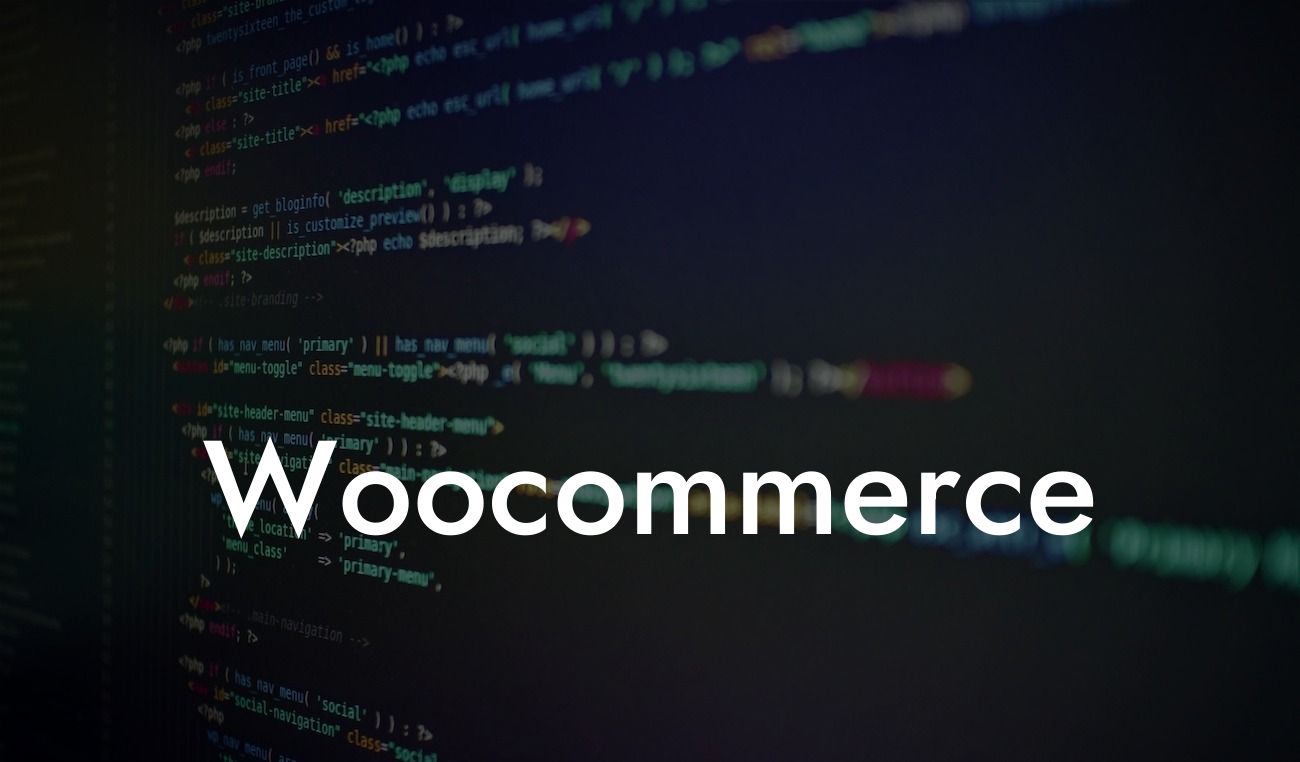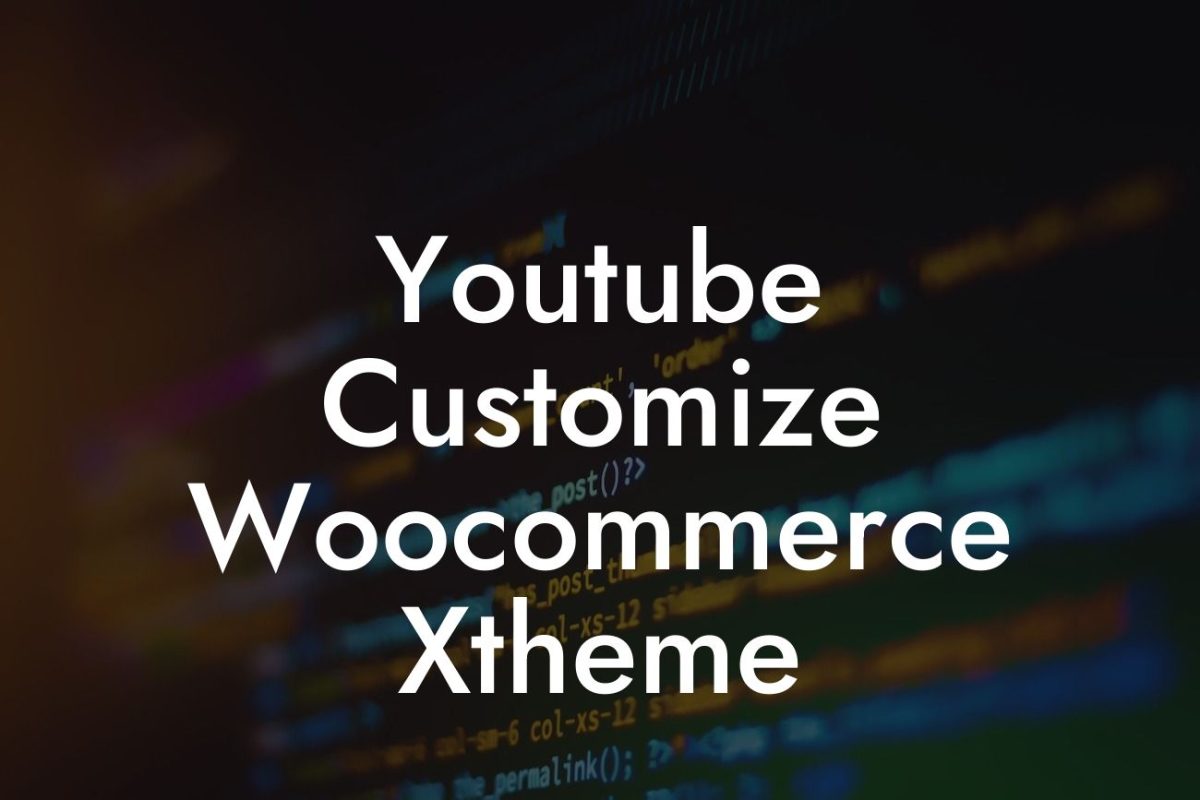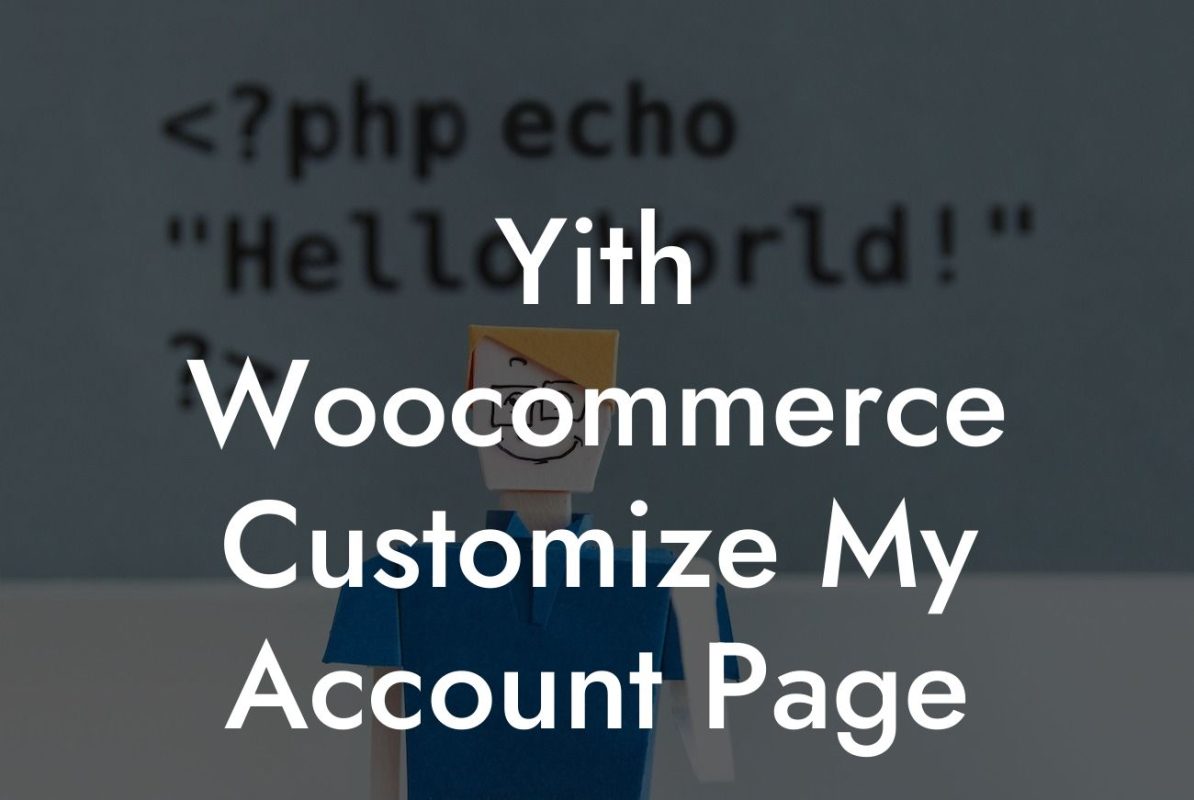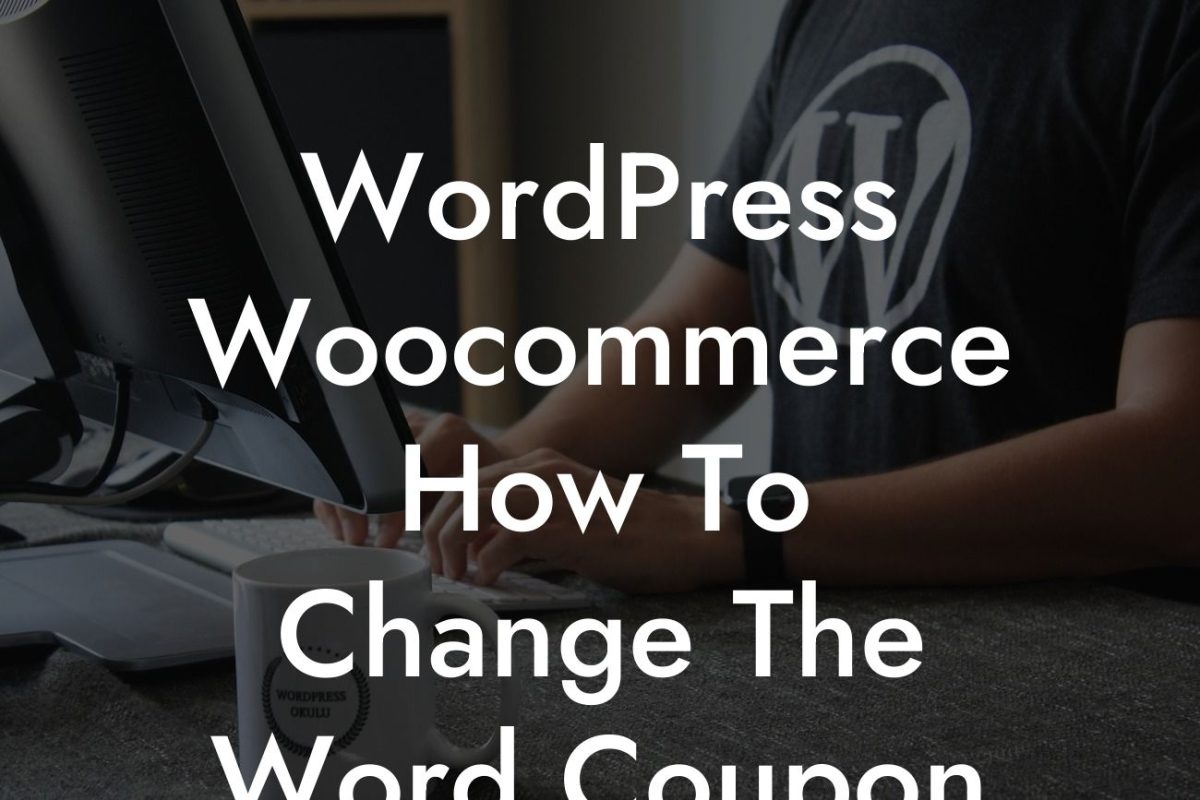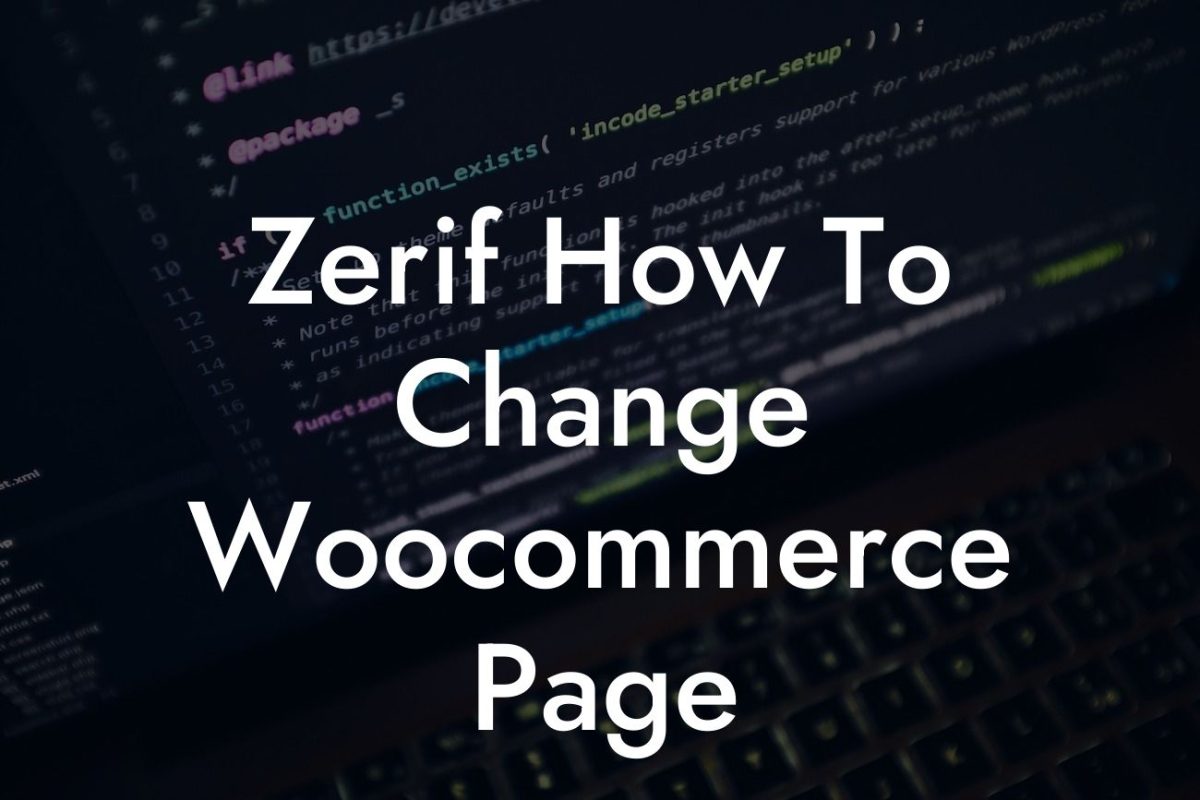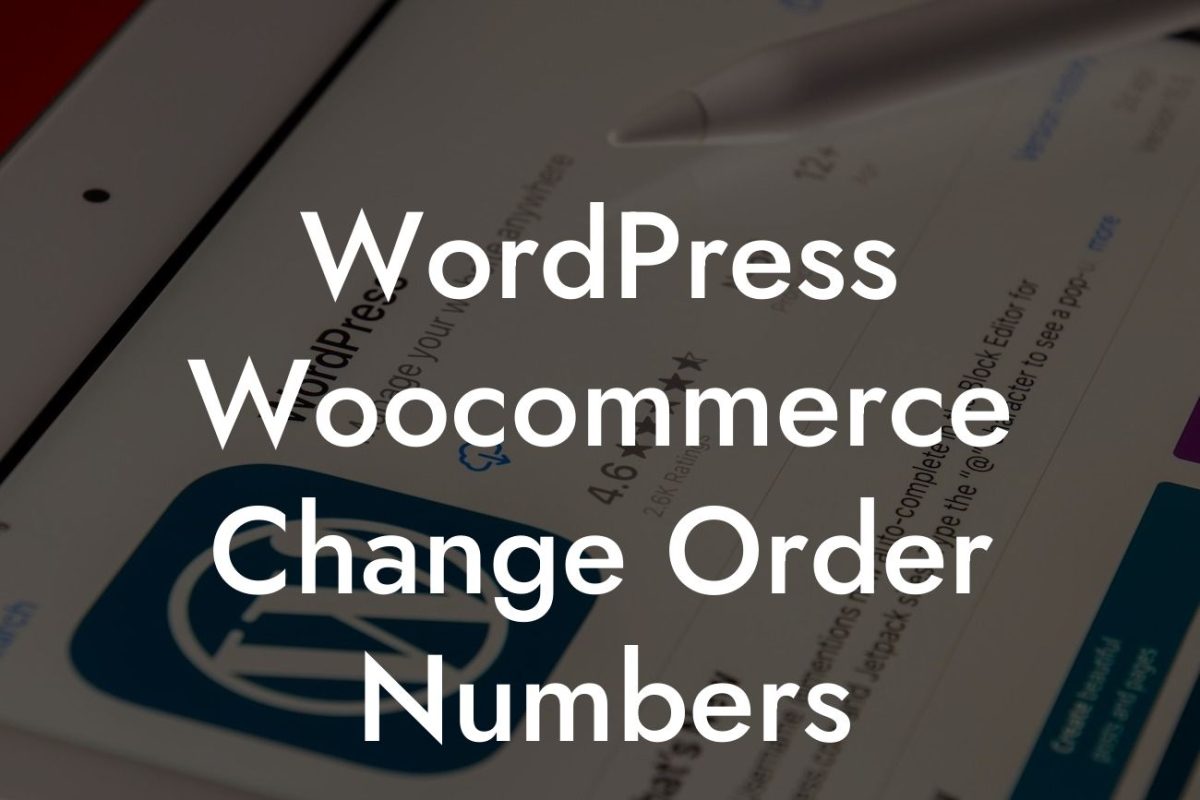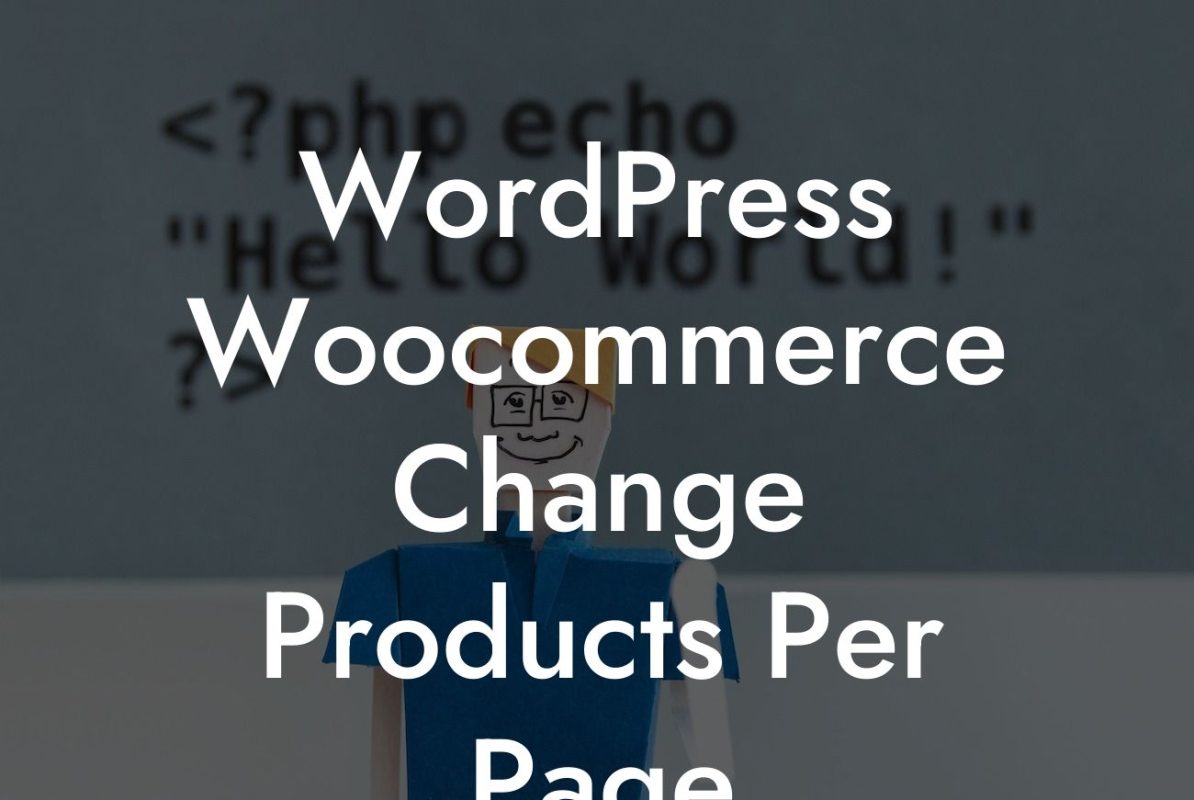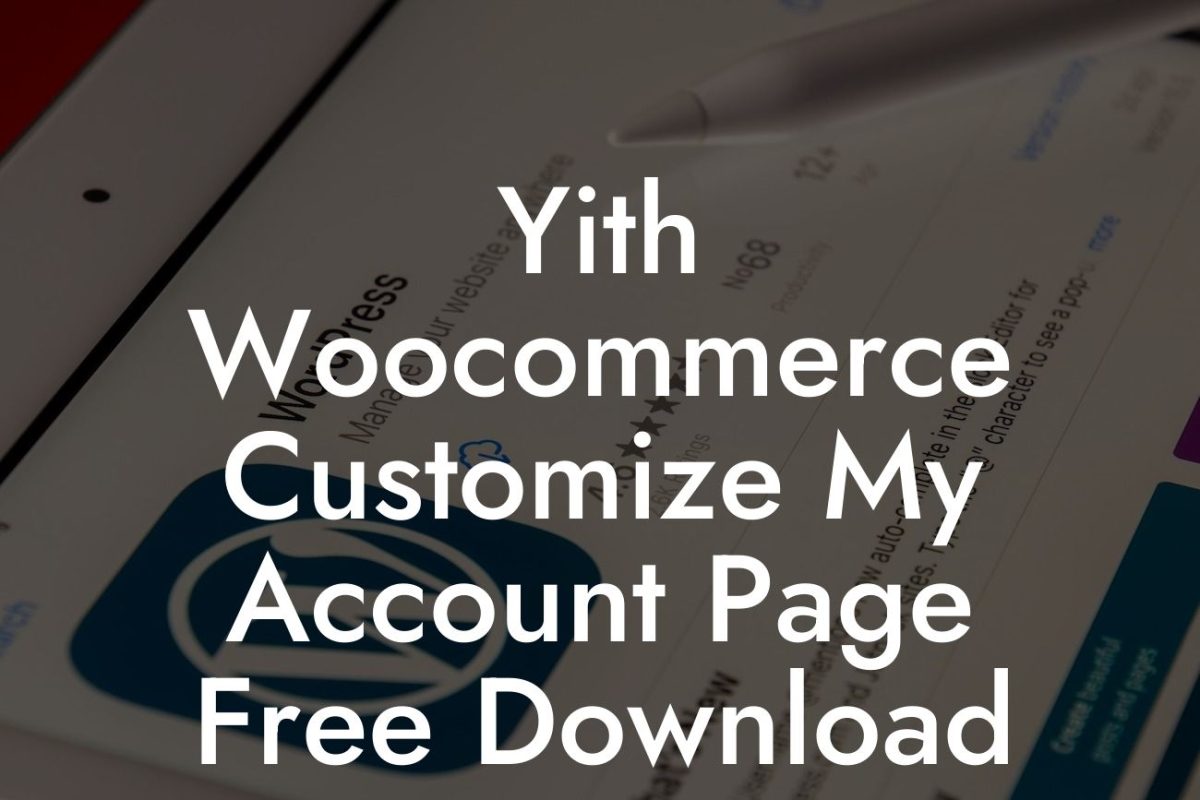Customizing the appearance and functionality of your Woocommerce store is crucial to creating a unique and engaging online presence. One aspect that deserves special attention is button customization. Buttons are not just mere design elements, but key elements that lead your customers to take action, such as making a purchase or signing up for a newsletter. In this guide, we will dive deep into the world of button customization in Woocommerce, enabling you to grab your visitors' attention and guide them towards a seamless user experience.
H2: Why Customize Woocommerce Buttons?
Woocommerce offers a plethora of default button styles, but customizing them allows you to align your store's design with your brand identity. By doing so, you create a cohesive visual experience that resonates with your target audience, making them more likely to trust and engage with your business.
H3: Changing Button Colors
To begin customizing buttons, you can start by changing their colors. This can be done through the Woocommerce settings or by adding custom CSS code. Experiment with different shades that reflect your brand image and evoke desired emotions in your customers. Remember, a well-chosen color scheme can significantly impact conversions.
Looking For a Custom QuickBook Integration?
H3: Resizing and Shaping Buttons
In addition to colors, the size and shape of buttons also play a vital role in catching the user's eye. Woocommerce provides options to modify button dimensions, including width and height. Moreover, you can give your buttons a unique touch by applying CSS class names to adjust their shape or create custom shapes using SVG images.
H3: Adding Hover Effects
To further enhance the user experience and encourage interaction, consider adding hover effects to your buttons. These effects can include color changes, subtle animations, or transitions. With the help of CSS, you can easily add these effects and make your buttons stand out from the crowd.
Woocommerce Example:
Let's say you own an online clothing store and want to customize the "Add to Cart" button. You can change its color to match your brand's theme, resize it to a more prominent size, and add a subtle hover effect that enlarges the button for increased visibility. These simple modifications create a cohesive visual experience that aligns with your brand and entices visitors to take action.
Now that you have mastered the art of button customization in Woocommerce, it's time to unleash the full potential of your online store. At DamnWoo, we offer a range of WordPress plugins specifically designed for small businesses and entrepreneurs like you. Explore our collection to supercharge your success and elevate your online presence. Don't forget to share this article with others who could benefit from these insights. Stay tuned for more engaging guides on DamnWoo, where extraordinary solutions define your digital journey.

